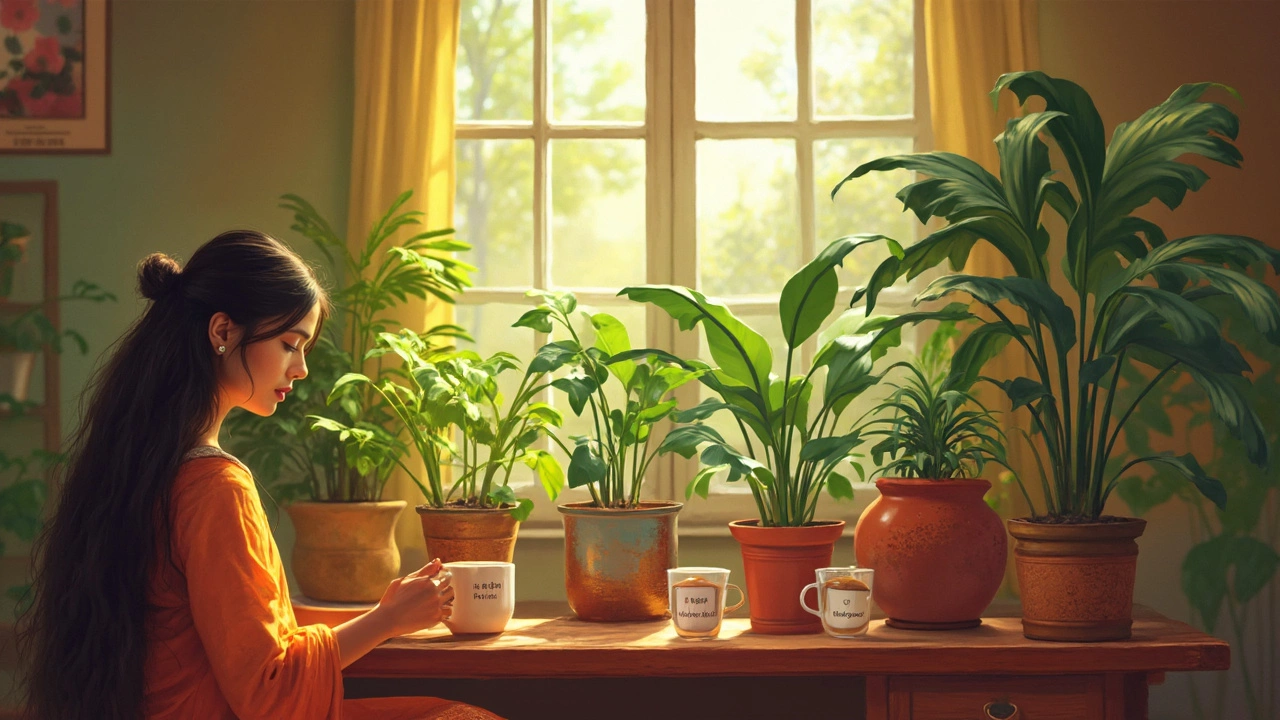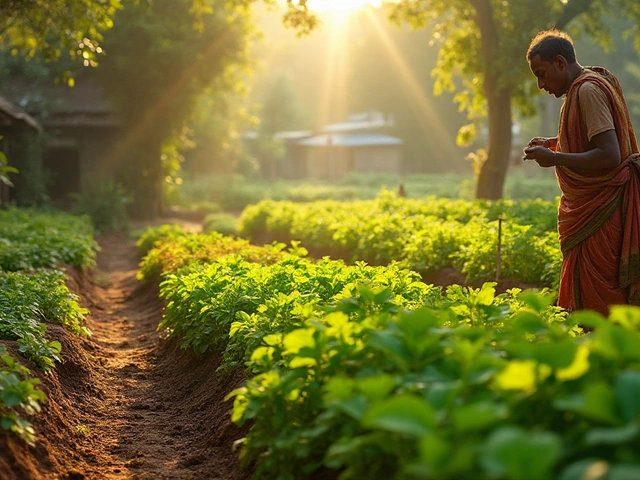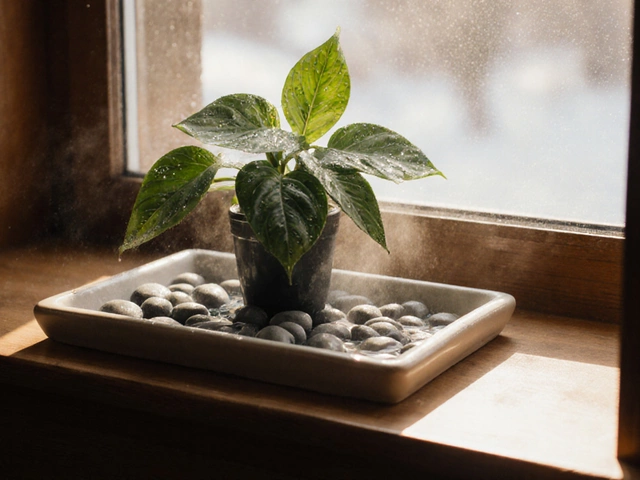Water Plants: Simple Care Tips for a Thriving Garden
Ever wondered why some plants look thirsty while others seem to drink forever? The secret usually lies in how you water them. Whether you grow a pond lily, a kitchen herb, or a balcony fern, the basics stay the same: know the plant’s needs, check the soil, and adjust for the weather.
Know Your Plant’s Water Personality
Every plant has a water personality. Succulents store moisture, so they need a light soak then a dry spell. Ferns love humid air and moist soil, while native Indian grasses prefer a quick drink early in the morning. Before you set a schedule, look up the specific variety. A quick Google search or a glance at a plant tag can tell you if it’s a ‘dry‑preferring’ or ‘wet‑loving’ species.
One trick gardeners love is the fingertip test. Stick your finger about two centimeters into the soil. If it feels dry, it’s time to water; if it’s still damp, wait a day. This simple habit stops over‑watering, which is the biggest cause of root rot.
Smart Watering for Indian Climates
India’s weather changes a lot—from monsoon floods to scorching summer heat. During the monsoon, most outdoor plants get enough water from rain, so you can skip watering for weeks. In the summer, the soil dries quickly, especially in sandy areas. Using a mulch layer—like straw, coconut husk, or dry leaves—keeps moisture in and reduces the need to water daily.
For indoor water plants, tap water can contain chlorine that harms roots. Let the water sit in an open container for at least six hours; this lets chlorine evaporate. If your tap is hard, add a pinch of garden‑grade gypsum to soften it before watering.
Drip irrigation is a game‑changer for larger beds. A low‑pressure drip line delivers water right to the root zone, saving up to 50% of water compared to sprinklers. If the cost feels high, start small—install a drip hose for your most water‑intensive plants and expand as you see results.
Don’t forget timing. Watering early in the morning lets leaves dry before the sun, preventing fungal diseases. Evening watering can be okay for shade‑loving plants, but it may leave leaves damp overnight, inviting rot.
Finally, watch the plant’s signals. Yellowing leaves, wilted tips, or mushy stems all point to watering issues. Adjust the amount, frequency, or method based on what you see.
With these easy steps, you’ll keep your water plants happy whether they sit on a sunny balcony or grow in a backyard plot. Remember: check the soil, respect the climate, and use the right tools, and your garden will thank you with lush growth all year round.

Best Liquid to Water Plants: What Actually Works?
Trying to figure out if plain tap water is enough for your indoor plants? This article breaks down the reality behind popular liquids like rainwater, filtered water, and even funky options like leftover tea. You’ll get clear advice on what helps plants thrive and what could hurt them. Expect straightforward pros, cons, and honest tips, whether you’re a newbie or someone who treats their monstera like royalty. Skip the myths and get right to the liquid truth.
About
Indoor Plant Care
Latest Posts

Lotus Flower: Why It's the Most Iconic Flower of India
By Alden Thorne Jul 10, 2025

Best Season for Flowers in India: Unveiling the Blooms
By Alden Thorne Feb 17, 2025

Exploring the Steep Cost of Blueberries in India
By Alden Thorne Jan 4, 2025
